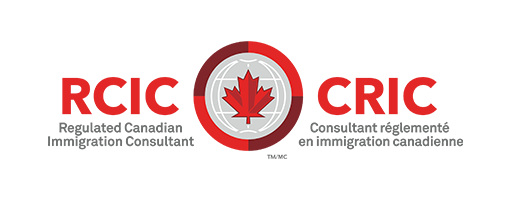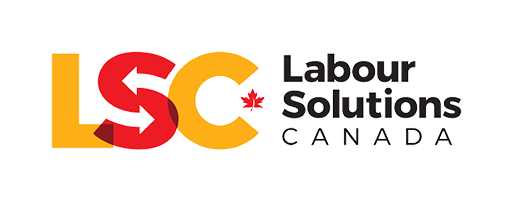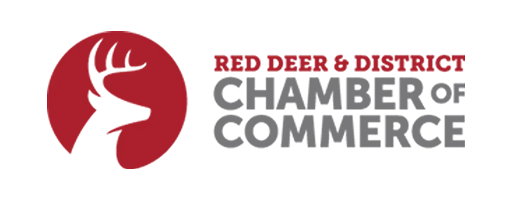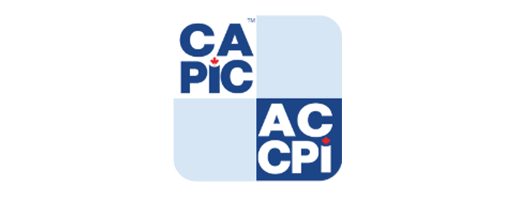If you run a business in rural Alberta, you probably know the challenge:
You have jobs to fill, but finding the right people locally can be tough.
The Rural Renewal Stream is one of Alberta’s immigration pathways designed to help. It connects employers in designated rural communities with skilled workers from around the world—and gives those workers a faster route to permanent residency (PR).
It’s not a shortcut for every situation, but for the right employer and the right worker, it can make a big difference.
Here’s a clear, no-nonsense look at how it works, what’s involved, and why it matters for rural Alberta.
1. What is the Rural Renewal Stream?
The Rural Renewal Stream is part of the Alberta Advantage Immigration Program (AAIP).
It’s built to do two things:
- Help rural communities address labour shortages.
- Encourage newcomers to put down roots outside major cities.
Instead of employers navigating the process entirely on their own, the program involves the local community. Communities that join the program become officially designated and can endorse foreign workers for PR.
2. How It Works
At a high level, the process looks like this:
- Community gets designated
The local municipality, First Nation, Métis settlement, or economic development group applies to the province for designation. - Employer posts a job
In that designated community, employers list job openings that meet program requirements. - Worker gets hired
The employer hires a foreign worker who qualifies under the program’s occupation, wage, and experience rules. - Community endorsement
The community issues an endorsement letter to the worker—this is key for the PR application. - Worker applies for PR
The worker applies to the AAIP for provincial nomination, then to the federal government for PR.
The community’s involvement is what sets this stream apart. It’s not just about filling jobs—it’s about helping the worker settle in and stay long term.
3. Who Can Use It?
Eligible communities
Only communities approved by the province can participate. As of 2025, examples include:
- Claresholm
- Taber
- Grande Prairie
- Cold Lake
- Westlock
- Whitecourt
The list changes, so always check the province’s official Rural Renewal page or confirm with your local economic development office.
Eligible employers
Employers must:
- Offer a full-time, non-seasonal job.
- Pay at least the provincial median wage for that occupation.
- Be in good standing with Alberta’s labour and safety laws.
- Support the worker’s settlement in the community.
Eligible workers
Workers generally need:
- A qualifying job offer from a designated community.
- Relevant work experience.
- Language test results meeting the program’s minimums.
- The ability to support themselves and their family.
4. Why It Matters for Employers
If you’ve been struggling to fill roles, this stream can be a game changer.
Here’s why:
- Retention – Workers on a PR pathway are more likely to stay with you while they wait for their application to process.
- Community fit – The program focuses on integration, which means workers are encouraged to become part of local life, not just the workplace.
- Broader recruitment reach – You can connect with international candidates who are actively seeking rural PR opportunities.
5. What Employers Need to Do
If your business is in a designated community, here’s the typical process from your side:
- Check the designation
Confirm your town or region is officially designated under the Rural Renewal Stream. - Post your job
Advertise according to the program’s requirements. Your local economic development office can guide you. - Interview and hire
Find a candidate who meets both your needs and the program’s eligibility rules. - Coordinate endorsement
Work with the community to provide the paperwork needed for the worker’s endorsement letter. - Assist with settlement
This might include helping them find housing, introducing them to local services, or connecting them with language classes.
6. The Settlement Piece
One unique requirement is helping workers integrate into the community.
This could be as simple as:
- Connecting them with local sports teams or cultural groups.
- Making introductions to other families or workers.
- Sharing information about schools, healthcare, and transportation.
The idea is to make rural living sustainable for newcomers so they don’t feel isolated and leave for larger cities.
7. Timelines and Expectations
The PR process through the Rural Renewal Stream has two stages:
- Provincial nomination through the AAIP.
- Federal PR application through Immigration, Refugees and Citizenship Canada (IRCC).
Exact timelines vary, but you should expect:
- Several weeks to a few months for provincial processing.
- Several more months for federal PR approval.
During this time, the worker usually keeps working under a valid work permit. In some cases, they can apply for a bridging open work permit while their PR is in process.
8. Common Questions Employers Ask
Q: Do I have to pay for the worker’s PR application?
No, but some employers choose to help with costs as a retention strategy.
Q: Can I use this program for seasonal jobs?
No, the job must be full-time and non-seasonal.
Q: What if my community isn’t designated?
You can encourage your municipality or economic development group to apply for designation.
Q: What happens if the worker leaves before PR is approved?
You can hire another eligible worker, but the endorsement is specific to the individual, so the process restarts for a new hire.
9. Challenges to Be Aware Of
- Paperwork – Both you and the worker will need to provide detailed documentation.
- Changing program rules – Immigration criteria can shift, so it’s important to keep up to date.
- Housing – In some rural areas, housing availability can be a barrier for newcomers.
- Cultural adjustment – Rural living can be a big change for some workers, so ongoing community support matters.
10. The Bigger Picture
The Rural Renewal Stream isn’t just about filling vacancies.
It’s about:
- Strengthening rural economies.
- Bringing diversity and new skills to communities.
- Encouraging long-term settlement in areas that need it most.
For employers, it’s an opportunity to be part of that bigger picture while meeting your staffing needs.
Final Thoughts
If you’re an employer in a designated Alberta community, the Rural Renewal Stream is worth knowing about.
It can help you connect with skilled workers, fill persistent vacancies, and contribute to the growth of your community.
The program requires commitment—not just in offering a job, but in helping workers settle in and feel at home. But for many employers, that investment pays off in loyalty, stability, and a stronger workplace culture.
Check if your community is designated, review the requirements, and consider whether this pathway could fit your hiring strategy.





